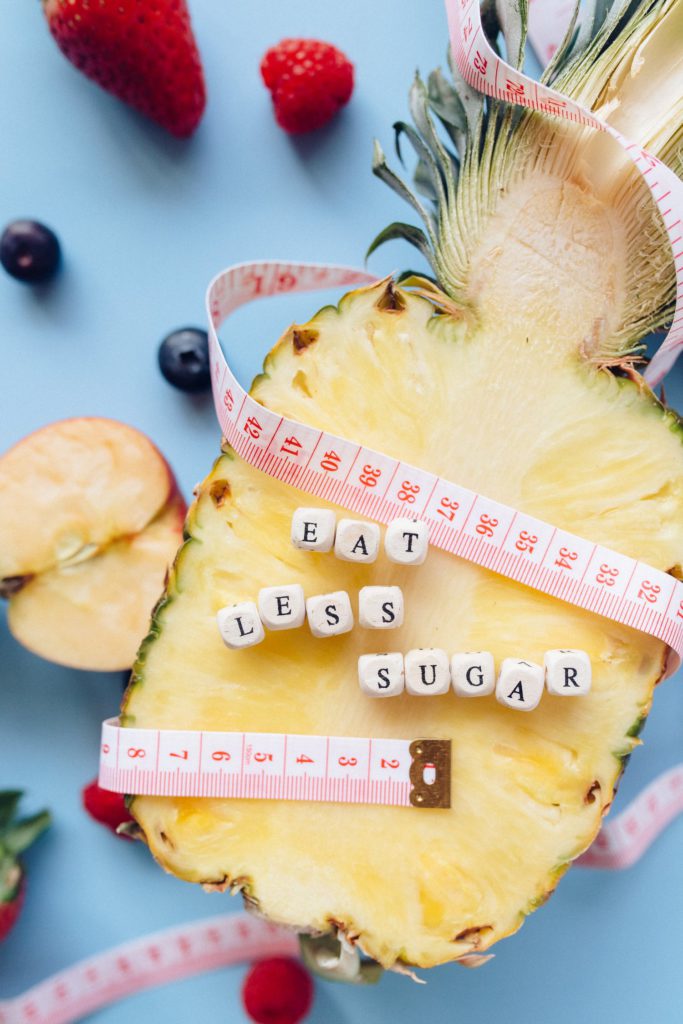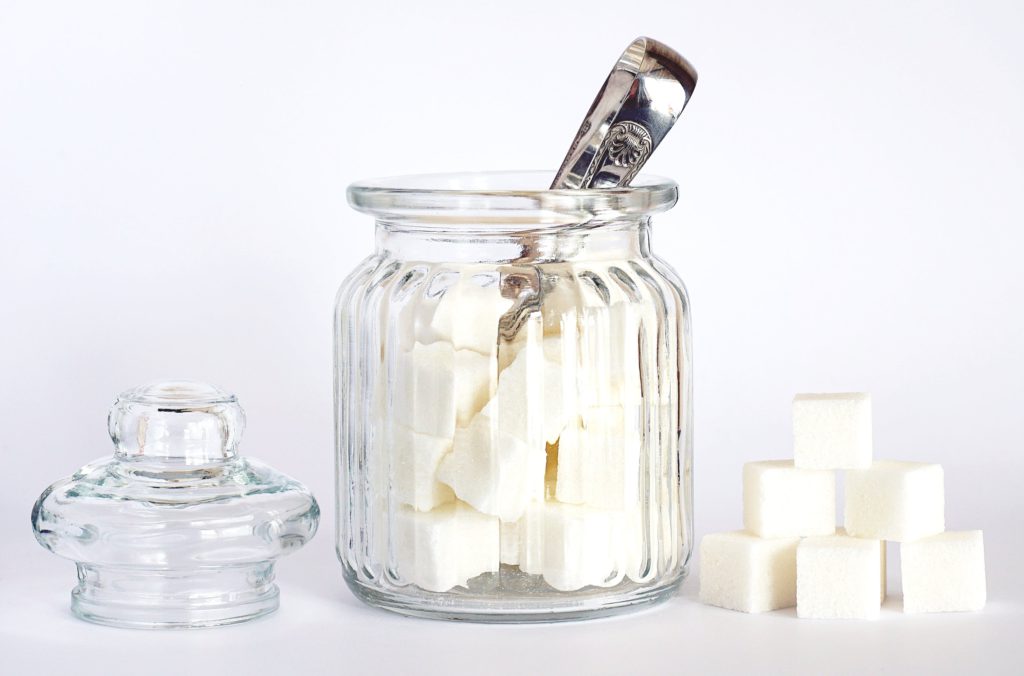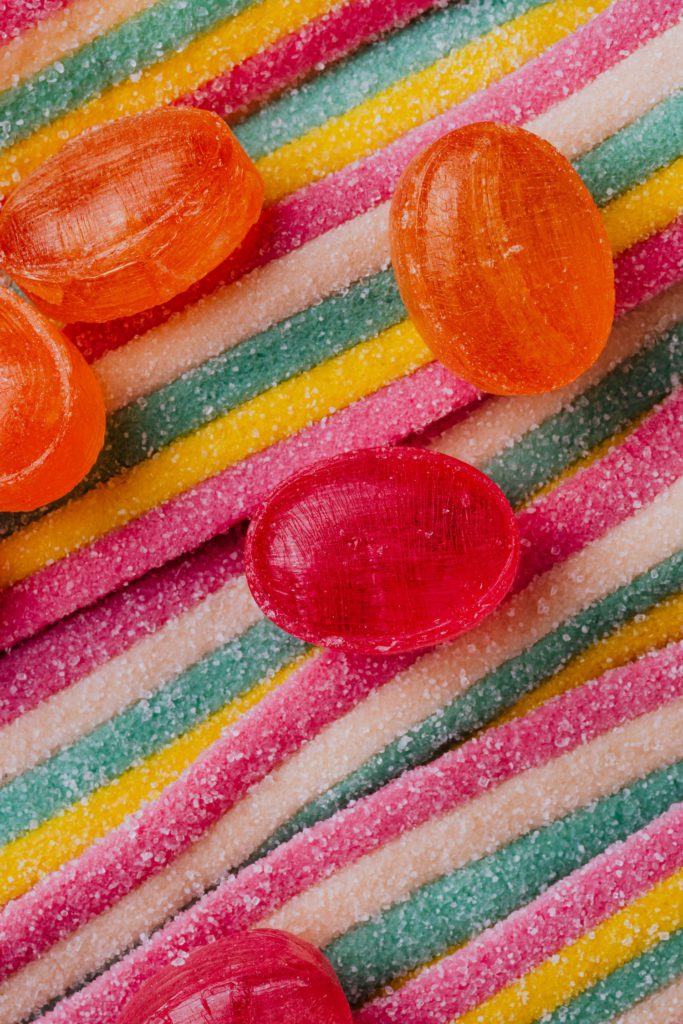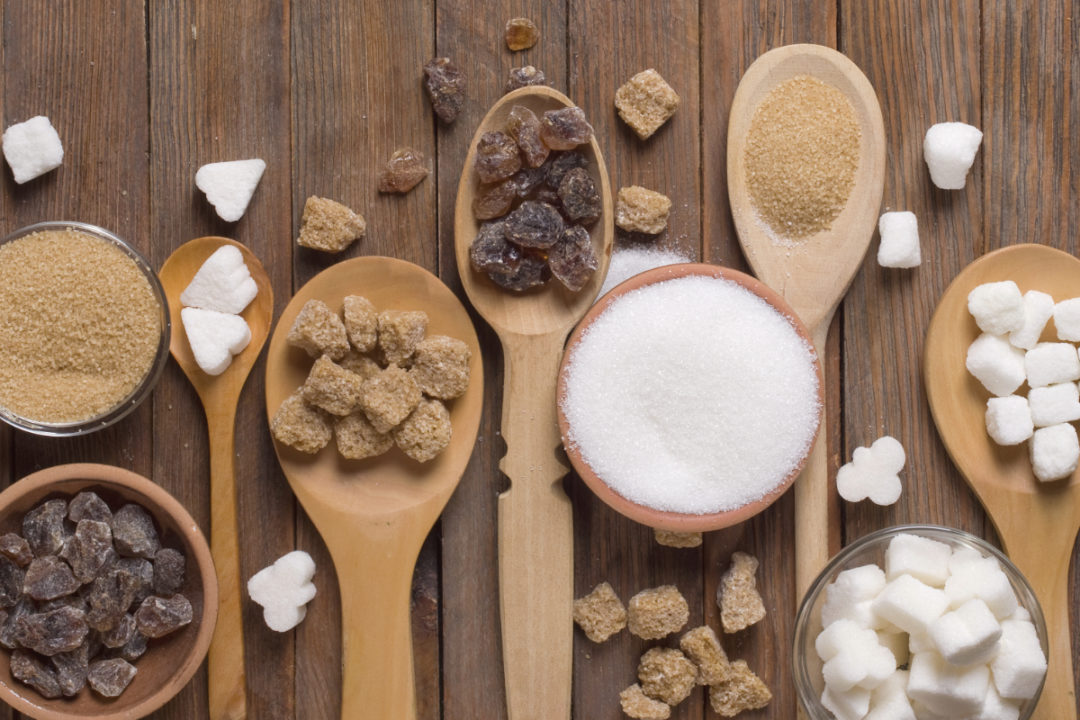Sugar is detrimental to a diet for many reasons. If you are looking for a slimmer waistline or suffering from an underlying disease like diabetes, you must follow a diet regimen.
People often appear sweet on the outside but bitter on the inside, just like sweet-coated tablets. In the same way, food labels serve the same purpose. The words “sugar-free,” “no added sugar,” and “unsweetened” can confuse consumers.
The task of distinguishing one claim from another is downright stressful for sugar-conscious shoppers. The FDA regulates sugar statements on food labels (A Food Labeling Guide), but many of us aren’t sure what they mean.
What is the better option? In sugar-free food, does that mean there is no sugar at all?
The way we consume sugar can have detrimental effects on our health. The natural sugar found in fruits and vegetables is a healthy source of energy, but added sugar in processed foods and soft drinks should be limited. According to the 2015-2020 Dietary Guidelines for Americans, added sugars should not account for more than 10 percent of a person’s daily caloric intake. Sugar brings its own risk of tooth decay, but consuming a lot of added sugar can raise your chances of chronic diseases such as heart disease and type II diabetes.
Each of these differs from the other: sugar-free, no added sugar, unsweetened. However, which one is right for you? To help you better understand nutrition labels and ingredient lists, we have decoded these sugar claims. The next time you shop, consider these tips to make an informed food choice for you and your family.

Credits@Pexels
Several types of sugar:
Before we discuss labels in more detail, let’s look at some of the types of sugars. These include sugar replacements and sugar alternatives.
Natural Sugars:
These sugars are present in fruit (fructose) and dairy products (lactose). It is hard to overeat sugars that consist of fiber, protein, vitamins, and minerals. Pineapples, bananas, and sweet potatoes have a natural sweetness, are nutrient-rich, and can be consumed as part of a high-fiber diet.
Sugar Added:
Processed foods, baked goods, and soft drinks sometimes contain added sugar for flavor or consistency. The sugars found in baking staples like brown sugar, honey, maple syrup, high fructose corn syrup, granulated sugar, and more are added sugars.
Artificial Sweeteners:
Foods often marketed as sugar-free contain artificial sweeteners, including diet soft drinks and tabletop sweeteners. Aspartame, saccharin, and sucralose are the most common artificial sweeteners.
Sugar Alcohols:
Sugar alcohols act as a sweetener in sugar-free foods because they don’t cause tooth decay. Sugar alcohols can be found in chewing gum and hard candy and are spelled sorbitol or mannitol on ingredient lists. Some people may experience laxative effects from them.

Credits@Pexels
How to identify sugar labels:
Getting back to sugar labels, let’s take a closer look.
Unsweetened:
If unsweetened appears on a food label, it means there are no added sugars, artificial sweeteners, or sugar alcohols in the product. However, it doesn’t necessarily mean the food is naturally sugar-free, as it may contain natural sugars. Almond milk, coconut milk, apple sauce, iced tea, among others, are examples of unsweetened food products. If you’re trying to avoid artificial sugars or reduce added sugar in your diet, unsweetened foods make a great choice.

Credits@Pexels
Sugar-free:
FDA standards define “sugar-free foods” as those containing less than 0.5 grams of sugar per serving. Even if the food is sugar-free, it is advisable to check the number of servings of the food because there may still be a small amount of sugar. Naturally occurring and added sugars are present in sugar-free products, while sugar alcohols are absent. There are multiple sources of “sugar-free” food labels, including chewing gum, pancake syrup, fruit preserves, candy, and more.

Credits@Pexels
No Added Sugar:
According to the FDA, “no sugar added” means that the product did not contain sugar while getting processed or packaged, even if it included sugar-containing ingredients like fruit juice or dried fruit. Therefore, if sugar is not added manually to the food, it may carry this claim. Despite its name, this is not the same as sugar-free, as naturally occurring sugars, artificial sugars, and sugar alcohols may still exist. You will find such claims in many products, including granola, peanut butter, fruit juice, jam, and more.

Credits@Google
Smart Choices for a Healthier Life
The best labeling option is to choose ‘unsweetened’ since you aren’t getting any added sugar or artificial sweeteners. A label that says ‘no added sugar’ may also be a good choice, as long as you know how to check for synthetic sugar in the product.
It does not matter whether you choose sugar-free, unsweetened, or no added sugar products. Buyers must always read the ingredient list and consider the entire nutritional profile of each item.
Using sugar-free products will help you reduce your daily intake, improve your health, and avoid the many harmful effects of excessive sugar consumption, such as diabetes, obesity, and many inflammatory diseases such as cancer.
If you see a product with high sugar content, make sure you check the ingredients and Nutrition Facts to make sure it’s a healthy choice.
The healthiest options are unsweetened foods and drinks. But getting sweetness from fruits and vegetables is ideal. For optimum health, it’s essential to consume a lot of water and nutrition-rich foods like whole grains, veggies, lean protein, and healthy fats.

Credits@Pexels
Well, that’s all I have to say! Thank you for decoding these sugar claims and taking the first step toward a happier, healthier life without overconsumption of sugar.
Although sugar is not an essential nutrient in your diet, it is dangerous if consumed regularly and in large quantities. While dining out or shopping for groceries, it’s a good idea to check the labels of what you buy and be careful of what you eat, including your savory foods.







